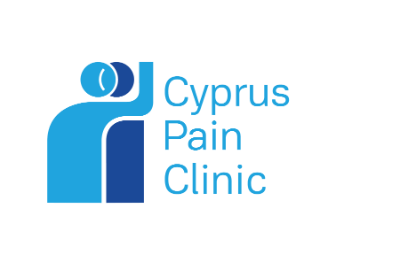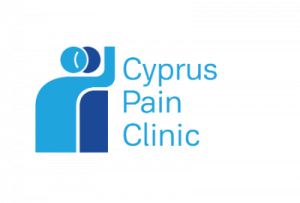Conservative, non-surgical treatments
Most sciatica patients respond to such types of treatments, which usually include applying alternating heat and cold to the area for 20 minutes every two hours, taking OTC anti-inflammatory medications, and physiotherapy sessions.
Specific physiotherapy exercises for sciatica, i.e., stretching, muscle strengthening, and gentle aerobic exercise, are effective in both relieving pain and preventing future episodes of sciatica.
Muscle relaxants, steroids, antidepressants, opioids, or anticonvulsants may be administered when symptoms are more severe or persistent.
In addition, these patients may benefit from epidural steroid injections in the surrounding area, with the aim of reducing inflammation. Specifically, about 50% of patients receiving epidural steroid injections report some pain relief.
Invasive Treatments
Surgical treatments are indicated for patients who experience gradual deterioration of their sciatica symptoms, chronic pain, or more severe symptoms, e.g., urinary or fecal incontinence. Primary invasive treatments for sciatica include:
- Microdiscectomy: A minimally invasive technique typically used to treat herniated discs, in which a portion of the injured disc is removed.
- Lumbar laminectomy (decompression): The removal of the lamina (back part) of the vertebra which causes spinal narrowing, followed by decompression of the sciatic nerve.
Alternative Treatments
Alternative treatments are recommended to sciatica sufferers who wish to avoid prescription drugs, steroid infusions, or surgical procedures. Often, they are recommended as adjunct options to the above treatments.
Acupuncture, chiropractic (localized massage), and physiotherapy are some of the mainstream alternative treatments provided by specially trained experts.
Other alternative treatments include yoga, biofeedback, and transcutaneous electrical nerve stimulation (TENS).


